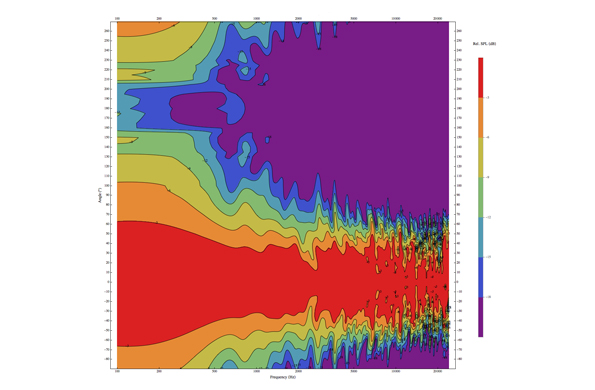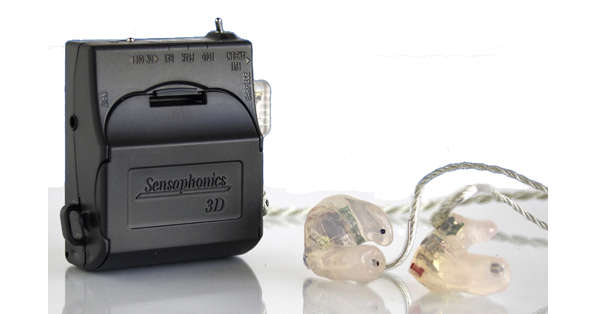
While FOH engineers can endlessly tweak, snip and polish a singer’s voice in the house mix, monitor engineers have fewer options.
Vocal compression is never used in the singer’s monitors, as it makes it harder to sing. So when a singer hits a big note, the stage monitors faithfully reproduce it, while the voice gets knocked back in the mains by 3 to 10 dB by the FOH compressor.
The result is that the singer hears the sound jump out of the stage monitors on big notes, while it collapses in the mains. The singer hears softer notes resonate in the venue, while big notes dip and move onto the stage where the uncompressed sound is dryer, other than its reverb, but with fewer acoustical reflections.
Good singers put up with it. Great singers learn to cheat the compressor with mic technique. They know which big notes FOH compression will suck up and momentarily pull the mic away from their mouth, using the inverse square law to reduce the power of their voice by increasing the distance with their arm.
When the mic is pulled away on big notes, the singer avoids the compressor and the vocal collapses far less from her perspective. Younger singers have difficulty understanding this; older ones do it instinctively.
The vocal sound reflecting back from the venue is a vital part of what singers using wedge- or side-fill-based monitoring hear on stage, making it important that FOH engineers keep the vocal and its reverb well on top of the band in the main mix. Not only does sound bounce back on stage from venue walls and ceiling, it comes back on stage from the sides and back of the mains.
Point source arrays lose directivity in the lowest octaves and often have a midrange side-lobe, so the main vocal is already loud on stage at those frequencies. Reducing those frequencies in the vocal for the singer’s wedges and side fills keeps it sounding natural on stage. Delaying the singer’s wedges and side fills in relation to the mains can help them sound more like a single system.
Line arrays have better pattern control than point source arrays at lower frequencies, due to improved LF coupling, but only with arrays of sufficient length to control their lowest frequencies. While women don’t sing much lower than 250 Hz (B3), tenors’ lowest notes are an octave below. That means a male singer in a venue with 6-box line arrays will feel significant amounts of their mic’s proximity effect on stage from the mains (and his acoustic guitar wants to feed back at 160 Hz).
IEMs
Most real singers generally dislike in-ear monitors (IEMs). Putting something in their ears blocks sound in the venue from reaching their ears directly, but also destroys the binaural effect of sound laterally cross-feeding. It’s fatiguing to wear IEMs for long periods of time because they sound unnatural to a brain that’s built to hear binaurally.
Vocalists also have a requirement to interact with their audiences, responding to calls from the fans: “We love you!” IEM engineers attempt to add this to the mix with hard-panned downstage audience mics that are fadered-up between songs to help singers hear and localize fans accurately, but it’s a poor substitute.
The Sensaphonics Active Ambient system (below) gives performers back the natural sound of their ears by embedding binaural microphones in custom molds to add natural sound back into their ears when desired with the flick of a switch on their bodypack.
IEMs force performers to hear through a monitor engineer’s mix, placing a higher requirement on getting everything to sound natural through miniature transducers squeezed into ear canals. Besides individual instruments and voices being heard directly at the ear instead of in an acoustic space, reverb itself must replace a venue’s acoustics, requiring a powerful, natural sounding reverb.


